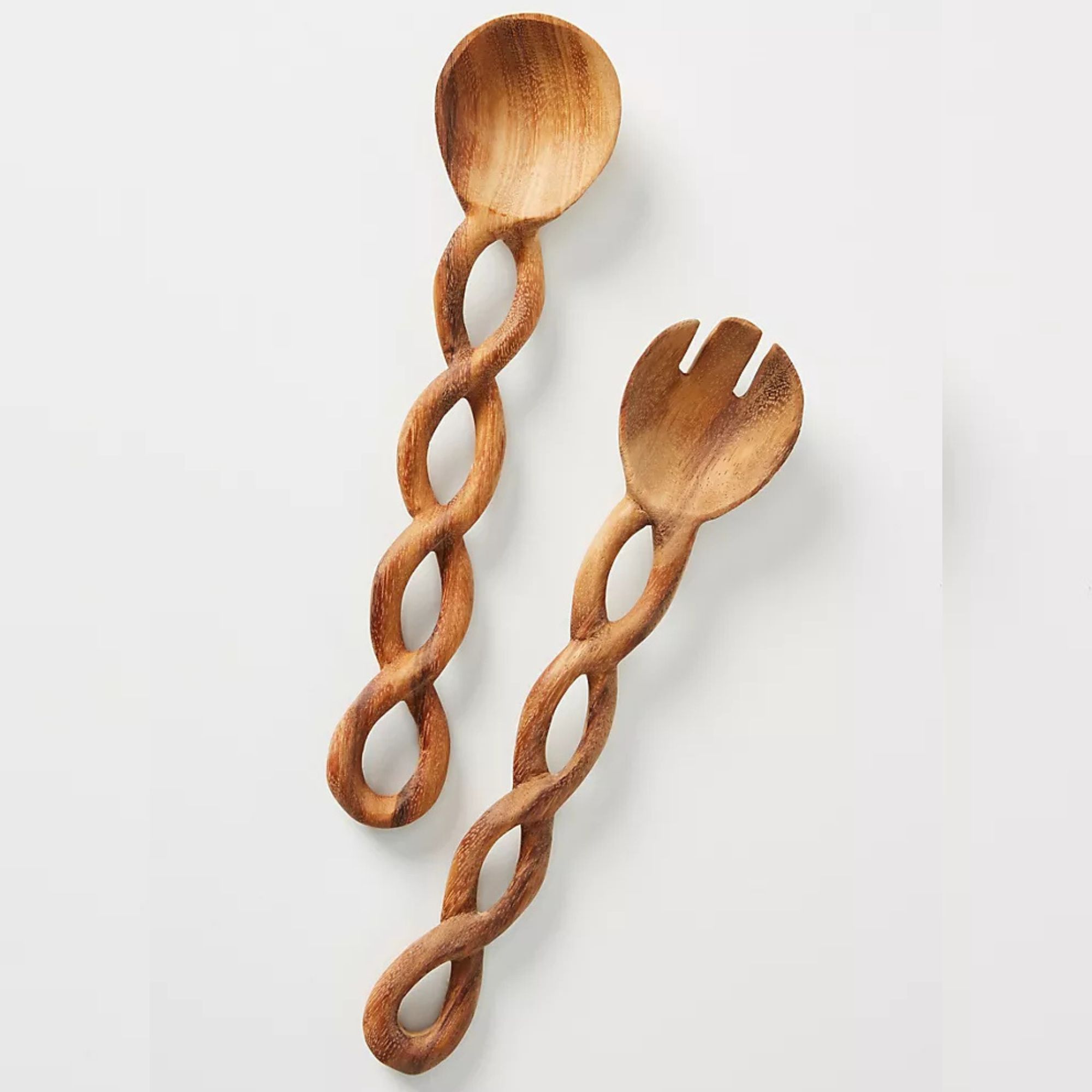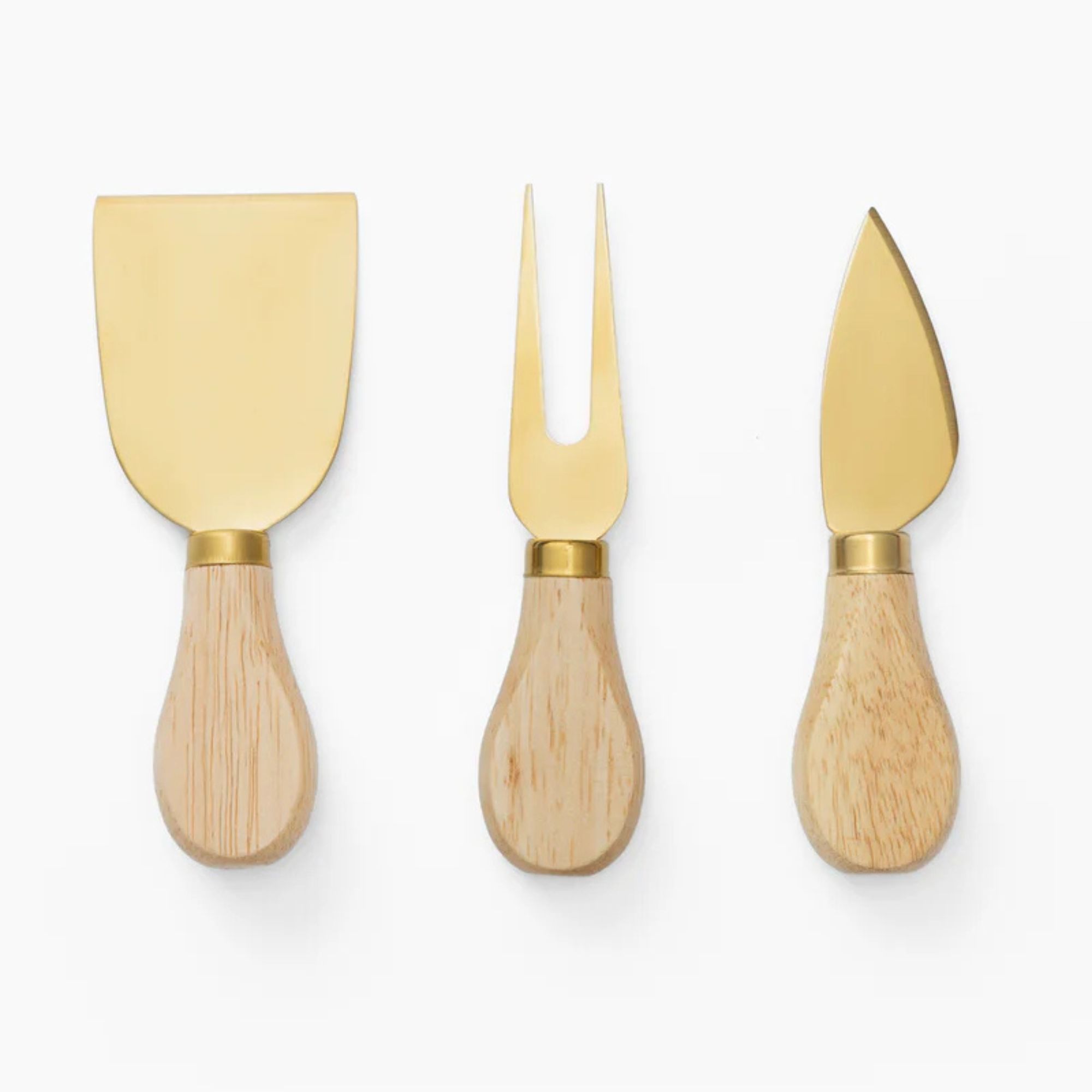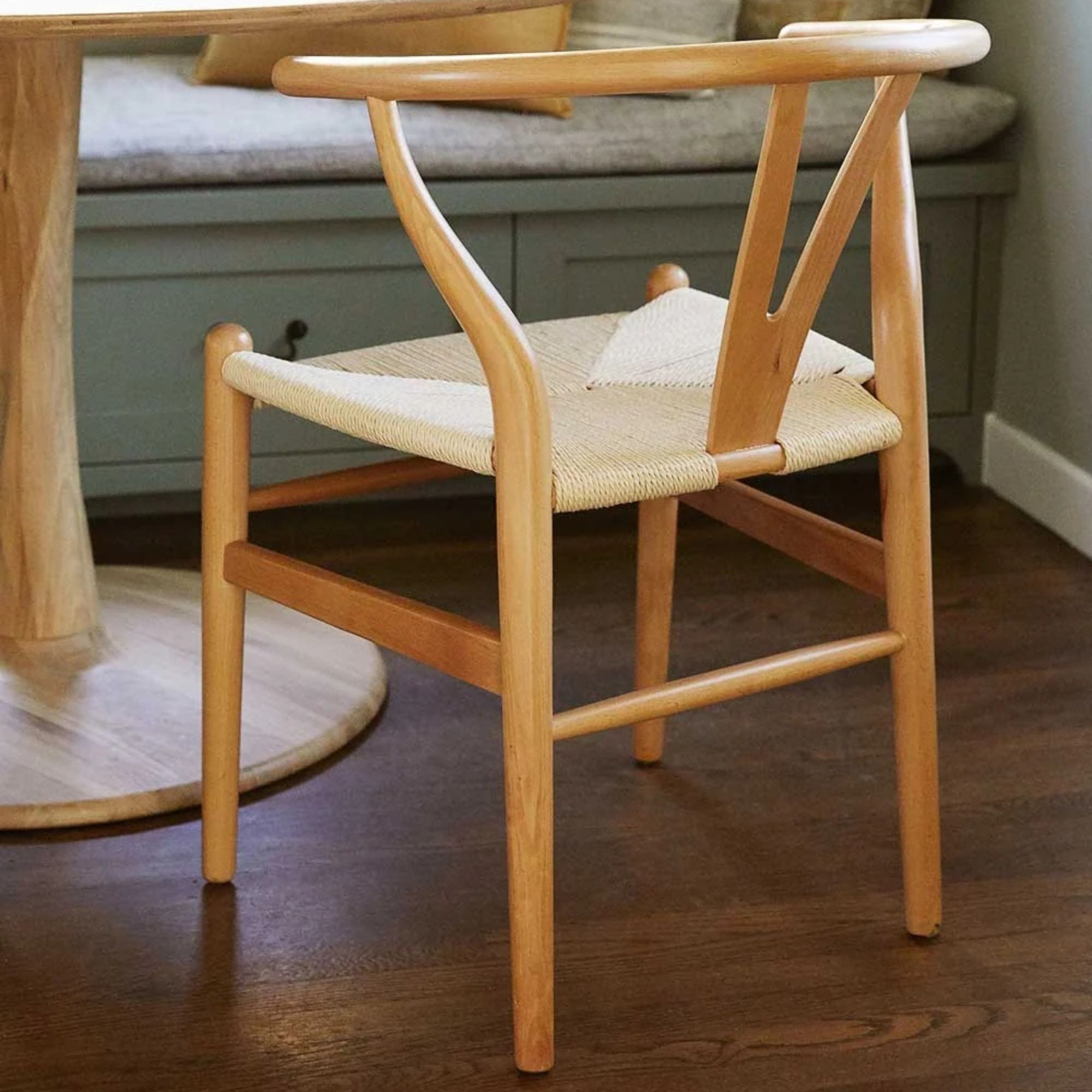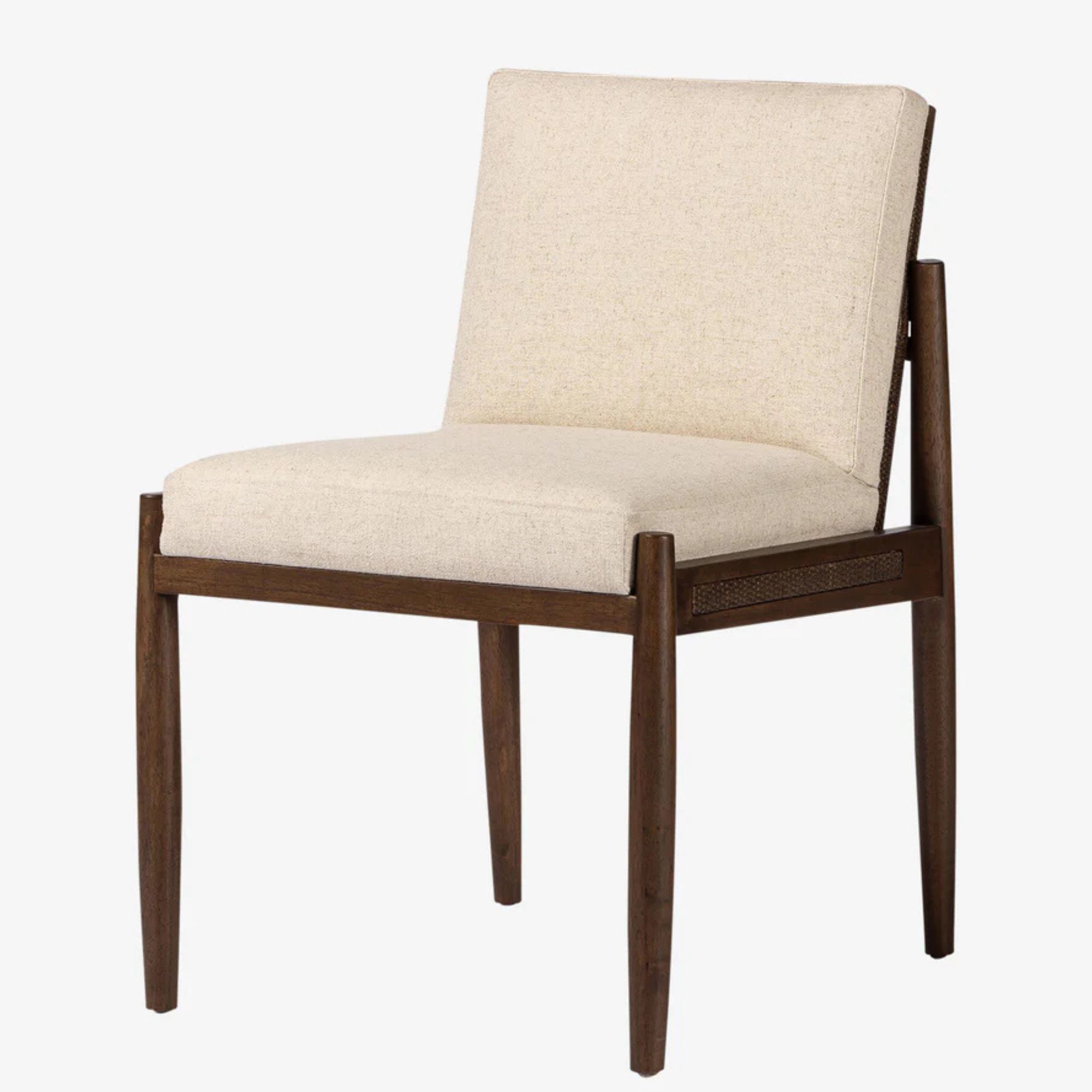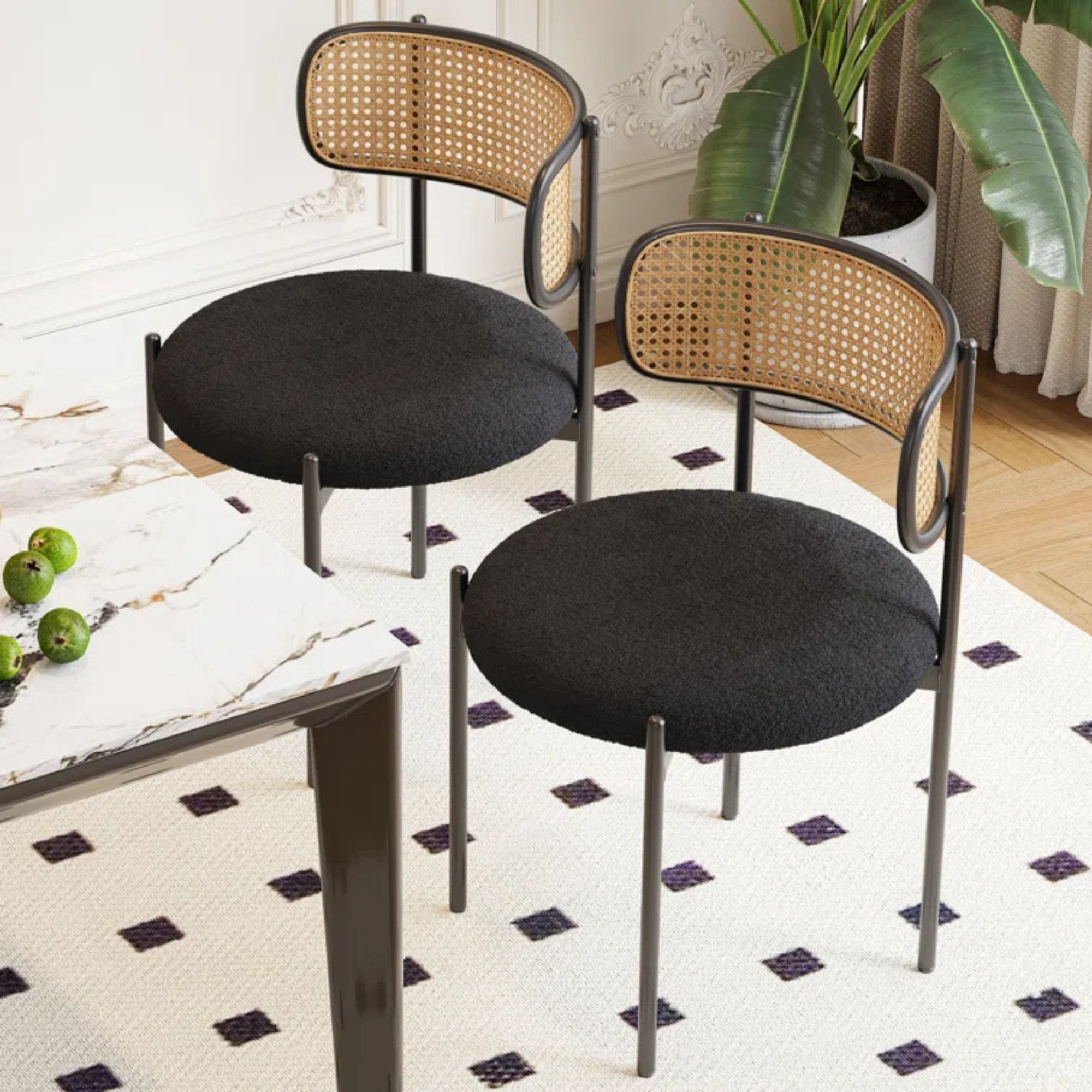5 kitchen items you should never buy in a thrift store, according to interior designers
Be in the know on what to thrift and what to buy new for your kitchen


The kitchen has a lot of new and shiny features, so introducing thrifted and vintage pieces is a stylish way to add character. However, there are some kitchen items you should never buy in a thrift store, for various reasons.
Hygiene, safety, and style are all factors in what you should and shouldn't source from thrift stores. The kitchen is where you prepare food and use a lot of electrics, so there are functional and aesthetic considerations to take when thrifting.
If you're not sure where to spend on new pieces and where to get thrifty, we've asked interior designers which kitchen items you should never buy in a thrift store from a style and practical perspective.
5 kitchen items you should never buy in a thrift store
While thrifting offers an opportunity to cut a few costs, there are some areas where it's not always possible. Whether it's safety or the difficulty of finding matching sets, heed these experts' advice
1. Wooden utensils
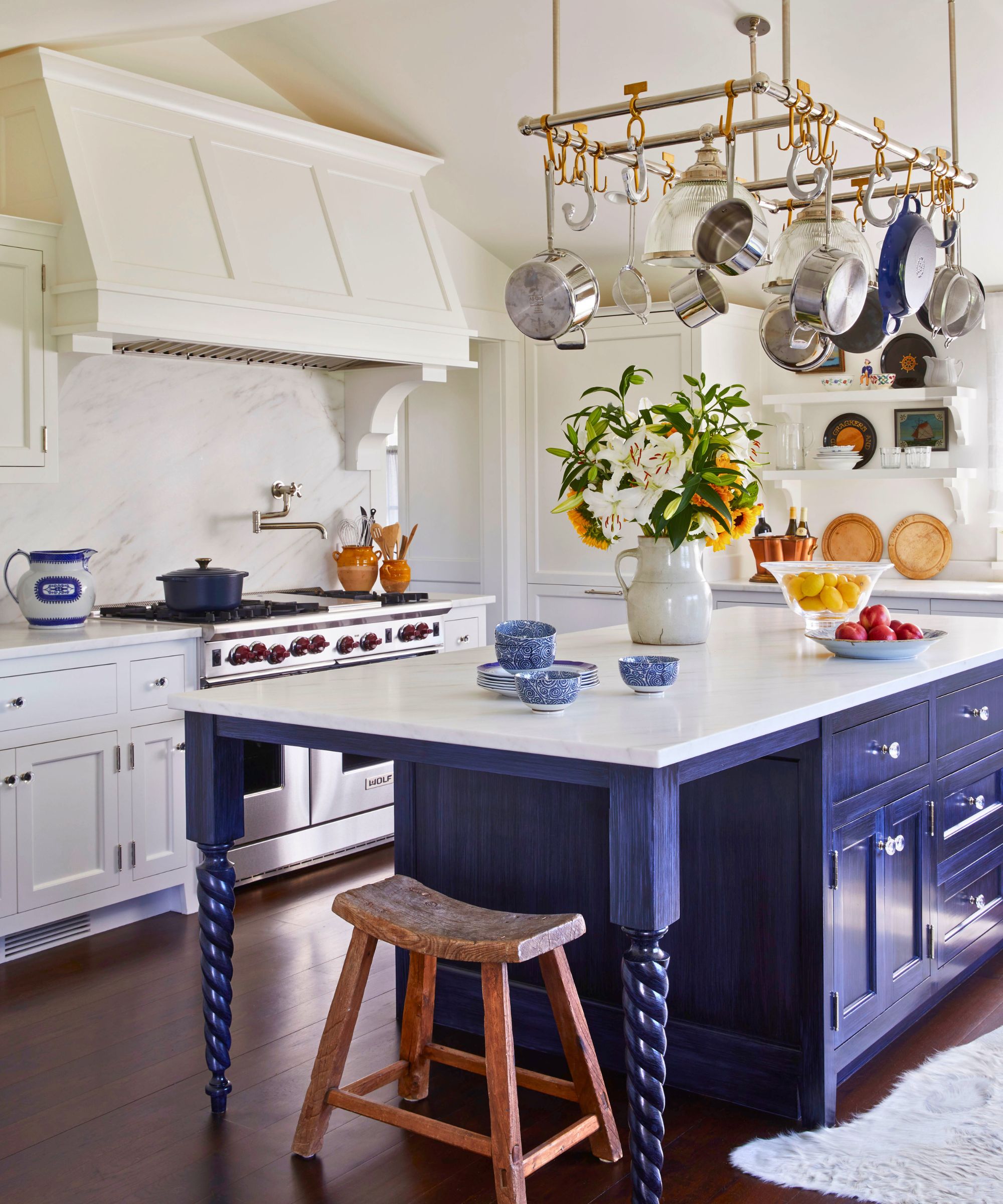
One of the most effective ways to add character to a kitchen is by introducing vintage finds. Quirky pots, patinated lighting, and aged hardware all come to mind. There's also a big trend for sourcing antique silverware, but there are some utensils that really shouldn't be picked up from the thrift store.
'Utensils in a toughened plastic or metal finish are fine but wooden spoons make me nervous,' says interior designer Benji Lewis. When it comes to kitchen pieces, hygiene has to be considered, and wood is one material to avoid when it comes to thrifting utensils.
You can find lovely and affordable wooden utensils, many even have a more rustic or vintage feel to them. Even if you're searching for wooden kitchen utensils at the thrift store for decorative purposes, it's best to look to unused pieces instead.
Design expertise in your inbox – from inspiring decorating ideas and beautiful celebrity homes to practical gardening advice and shopping round-ups.
2. Range cookers and small appliances
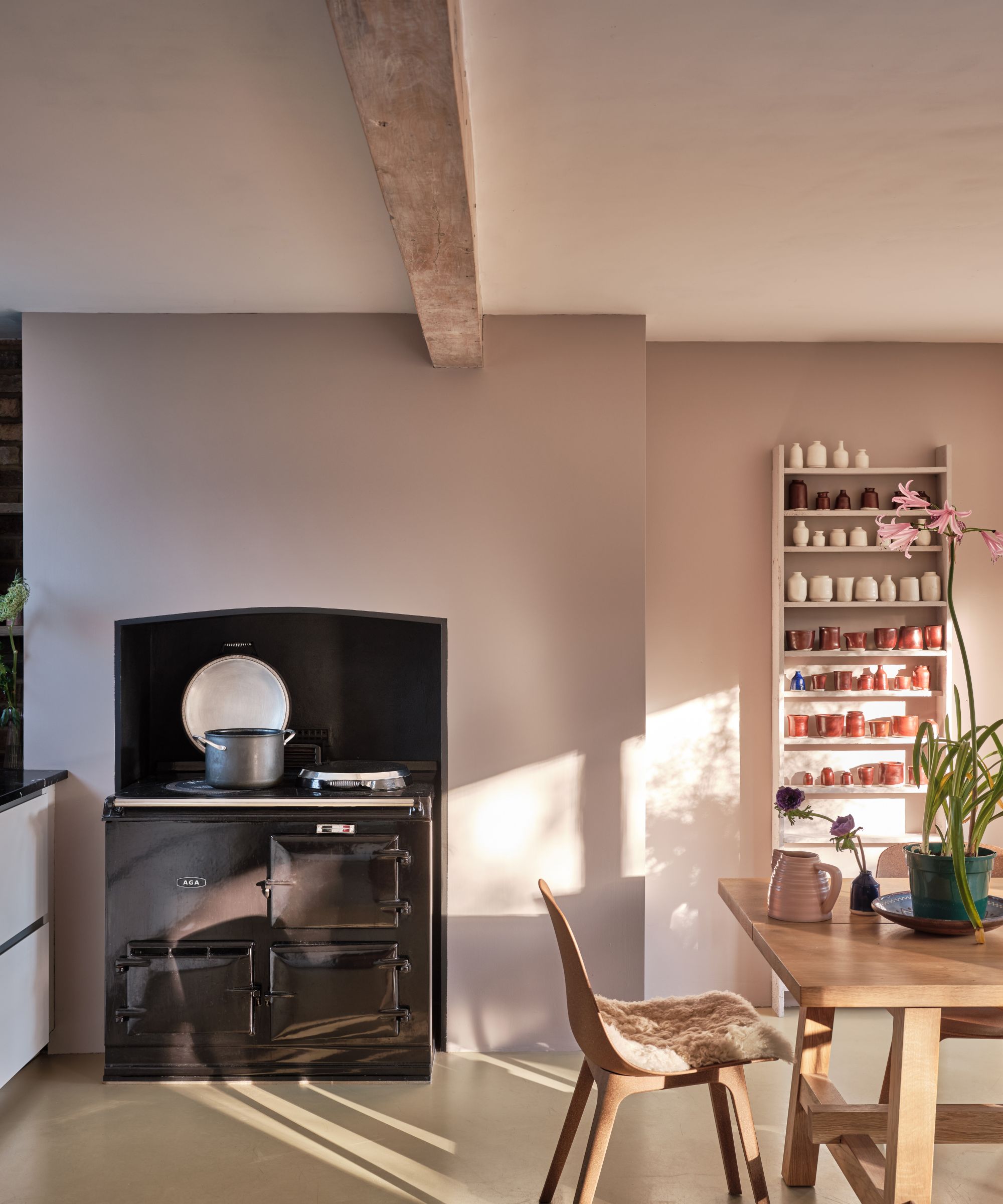
Range cookers are an ever-popular addition to more traditional kitchens, adding charm and vintage appeal. AGA is one such brand steeped in heritage, but they, along with other small appliances such as blenders and coffee machines, are something you shouldn't buy at a thrift store.
'AGAs look lovely and you can certainly buy them second-hand at significantly reduced costs but they’re likely being sold off because they don’t conform to current regulations and they’re hugely expensive to run; if you’re considering buying one then look for something that’s been adapted to run on electricity,' recommends Benji.
Some certified companies sell refurbished appliances that have been safely checked and updated for modern regulations. And when it comes to those smaller appliances, it's best to buy new to be on the safe side.
3. Dining chairs
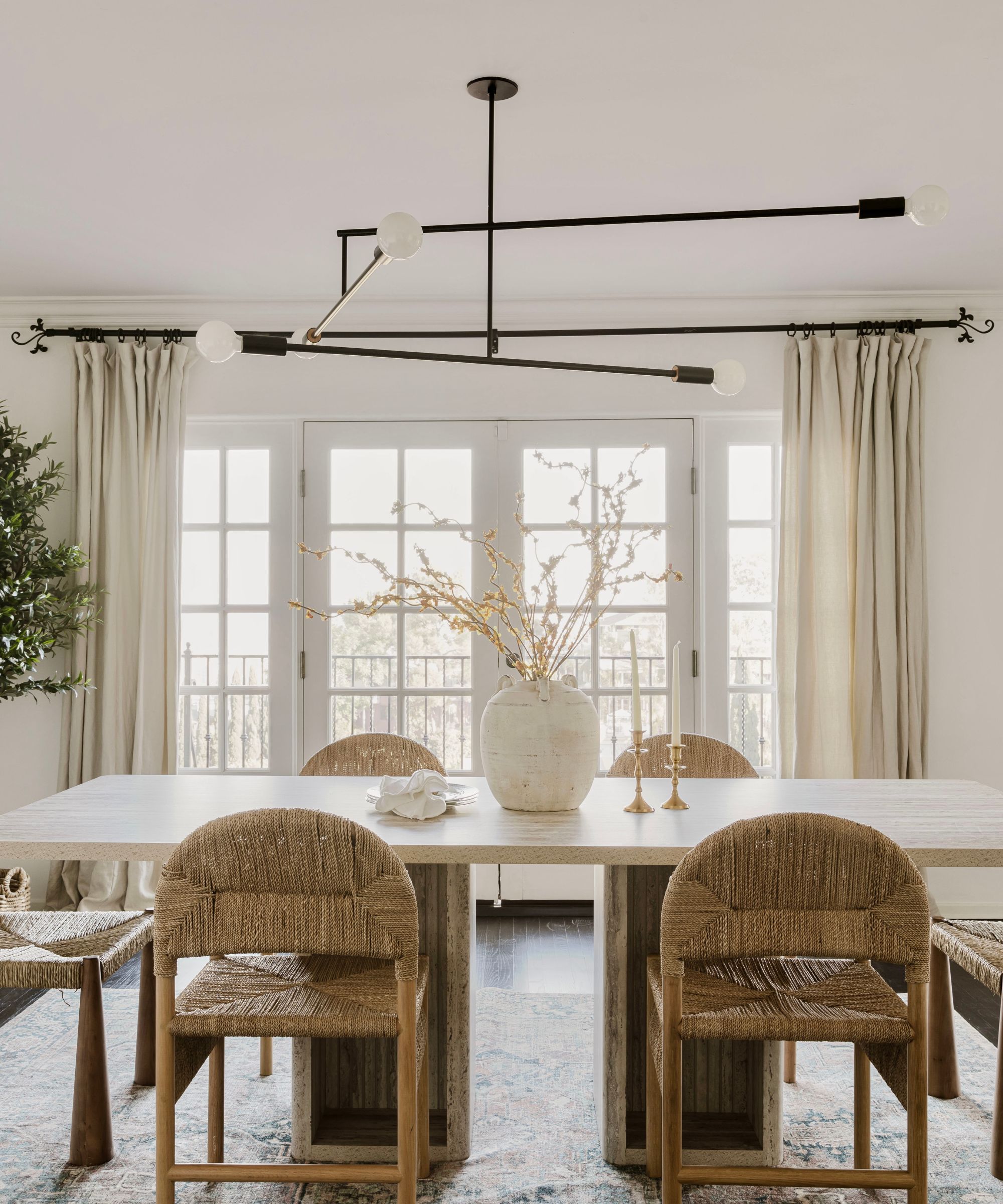
Unless you love the mismatched look, furniture that you need in a set can be rather tricky to come by in thrift stores. 'It can often be difficult to find a full matching set of dining chairs to go around your kitchen table on the thrift or antique market,' says interior designer Kathy Kuo.
'In the interest of comfort and consistency, I would recommend shopping for dining chairs new from a trusted furniture retailer so that you can ensure that all your chairs are the right height and that you have enough of them for the whole kitchen table,' she adds.
Dining chairs are often considered an investment purchase. While they can seem expensive, you'll have them for years to come, so the cost per use makes them a worthy purchase. And if it's the more rustic or classic look you are after, plenty of new pieces can be found in the style.
'As with most of your core anchor furniture pieces, I would recommend spending a little more upfront on really high-quality dining chairs that are beautifully designed and sustainably crafted so that they're sure to last for years to come,' Kathy adds.
4. Copper pans
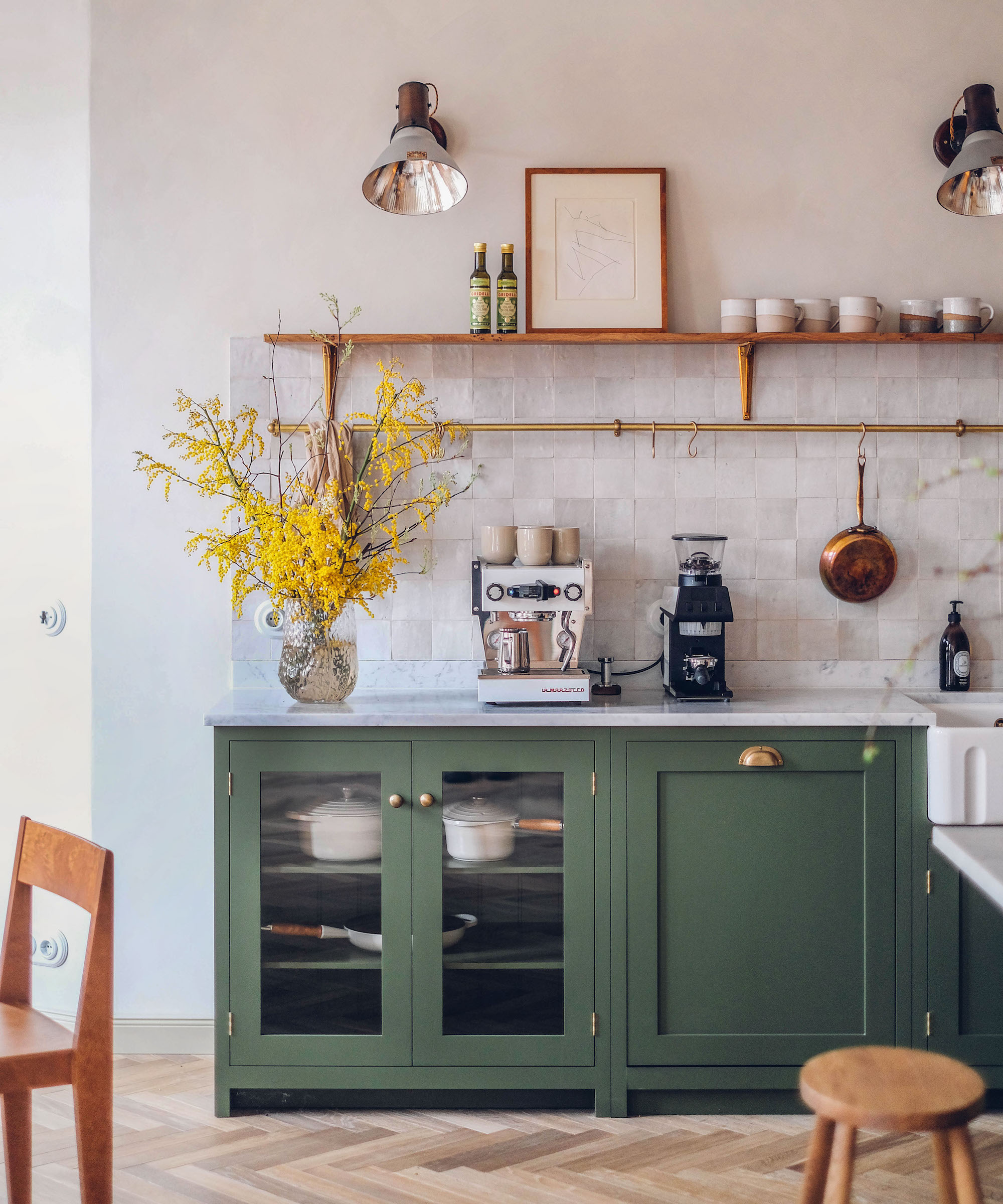
The easiest way to decorate a kitchen is to make the functional aesthetic. While copper pans have proved a favorite, especially in vintage-style spaces, buying them from the thrift store isn't the best idea.
If you're buying them intending to use them, it's always best to buy new ones – they mark easily, and when not properly taken care of, they can be beyond repair, especially when it comes to tarnishing or not cleaning properly.
'Copper pans are very decorative hung in a row in a kitchen but they’re a pain in the backside to maintain; they tarnish within days and take serious elbow grease to keep shiny,' says Benji
5. Cookware
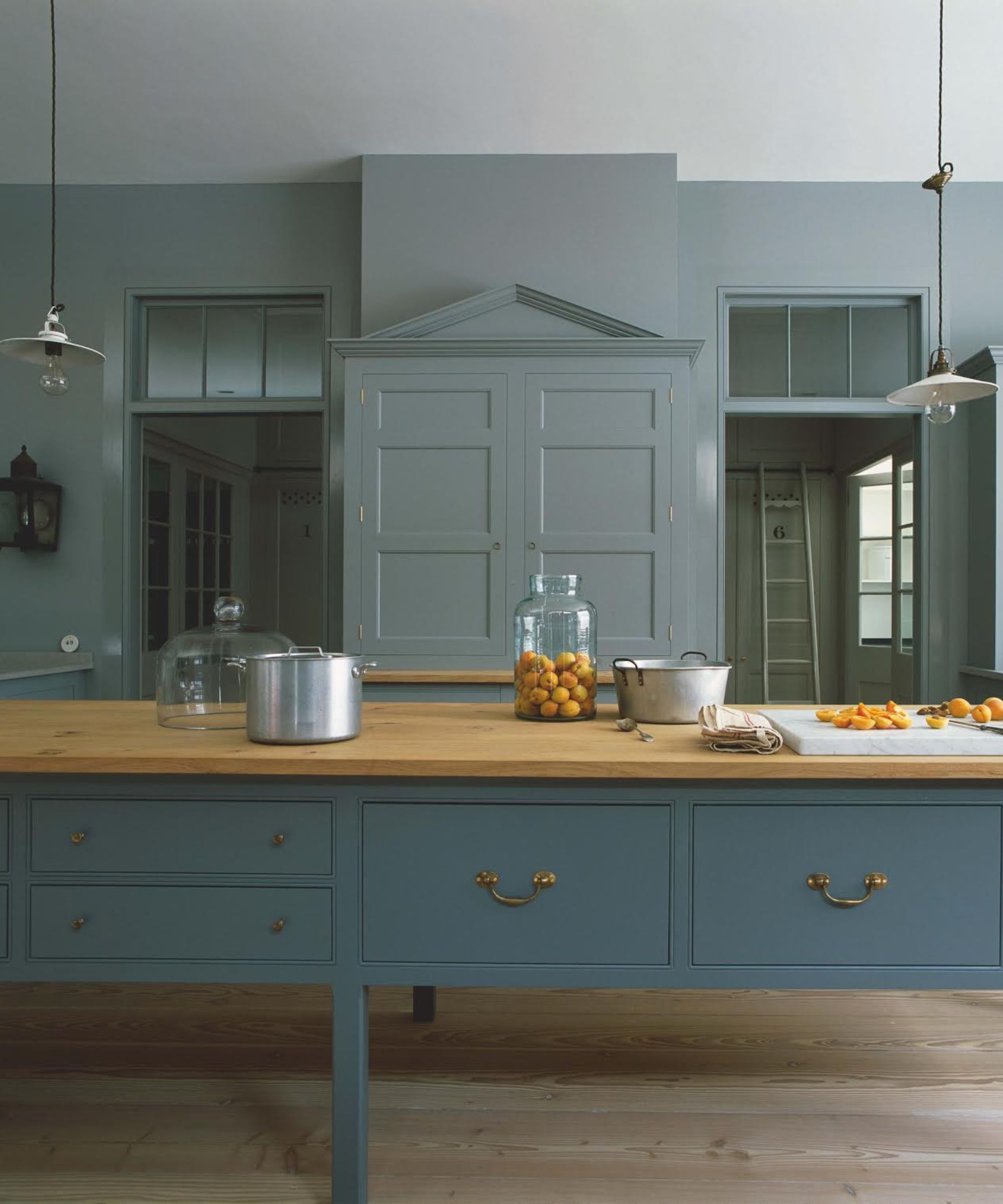
Some cookware items are always best to buy new, especially things like trays that get regular use. 'Baking trays with the remains of burned and encrusted food leftovers are plain dangerous, they might well have been put through a hot wash in the dishwasher but if there are the remains of anything from a previous life, avoid,' says Benji.
Items like baking trays can be found new at an affordable price, so it's really not worth the risk of buying them at a thrift store, even if they look clean. Really, only decorative kitchen items, like vases, pots, or even light fixtures should be bought in the thrift store, not functional cooking items.
We love a thrift store and decorating with vintage, but some kitchen items are always better bought new. Hygiene and safety should be the biggest priority, as well as the practicality of being able to buy exactly what you need. So, don't abandon the thrift stores, but do be considerate about the pieces you are buying used.

I’ve worked in the interiors magazine industry for the past five years and joined Homes & Gardens at the beginning of 2024 as the Kitchens & Bathrooms editor. While I love every part of interior design, kitchens and bathrooms are some of the most exciting to design, conceptualize, and write about. There are so many trends, materials, colors, and playful decor elements to explore and experiment with.
